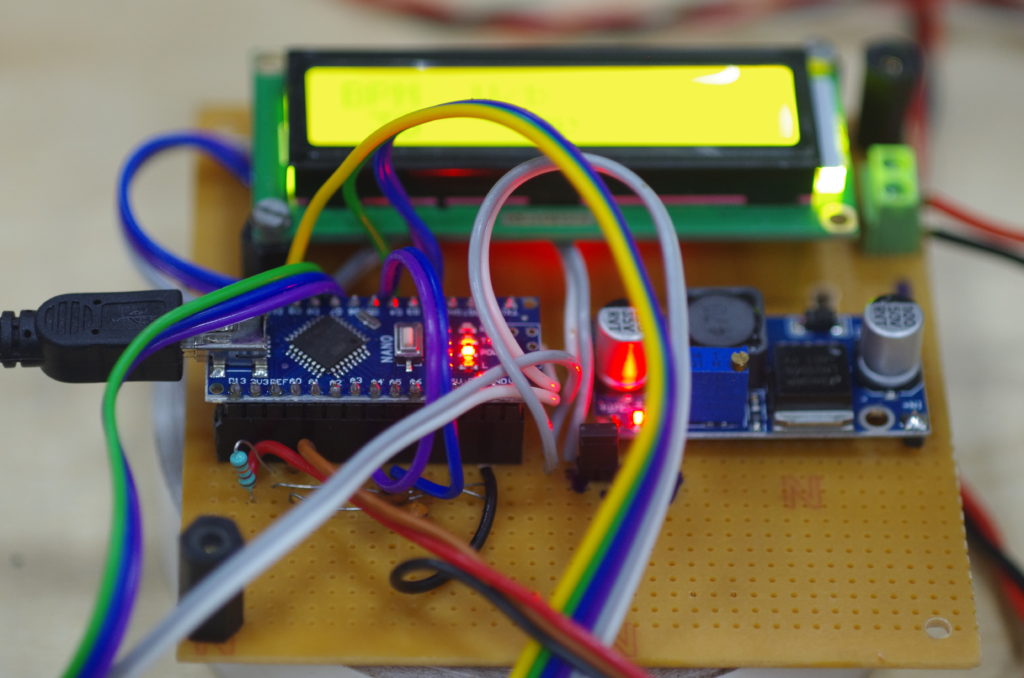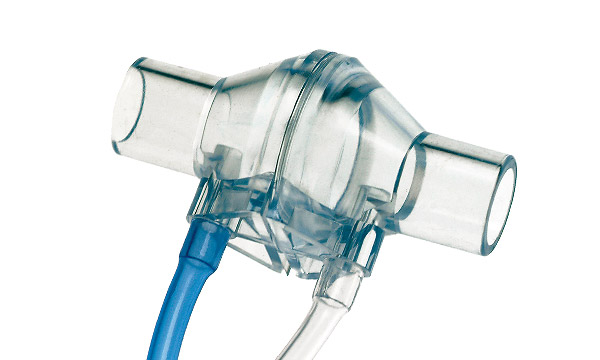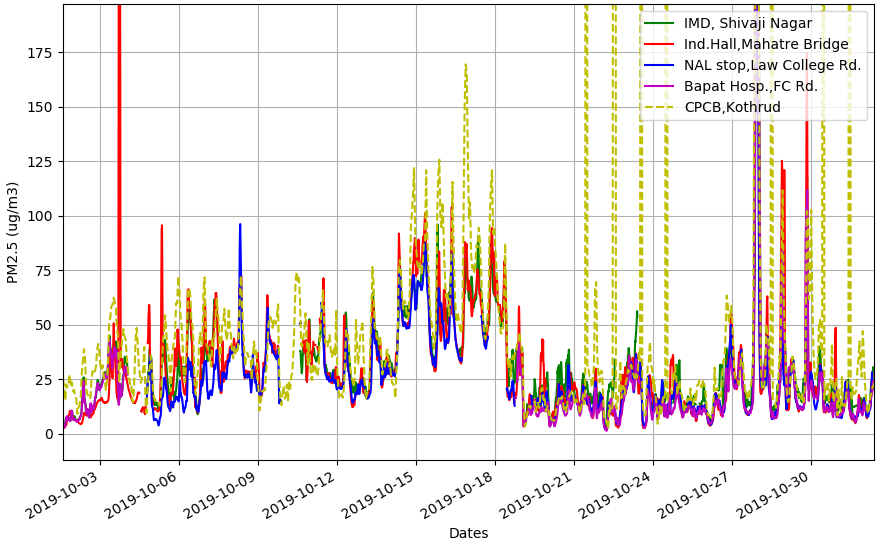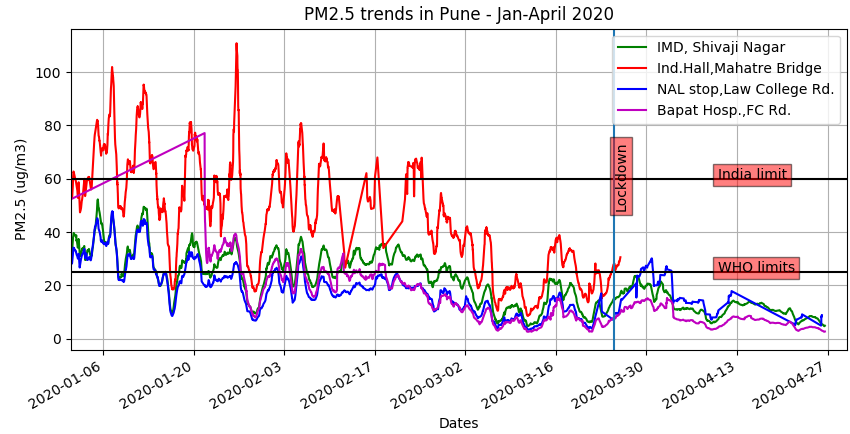Will there always be some who will never get aid from the government, who will never have a job and social security for looking into the future? The role chronic insecurity plays in life can only be described by the ones facing it and their relations. So what is technology in this context? Big and worrying question. I don’t know. But being a technology developer here’s my moral reflection one of my own works.
Technology is a tool. A tool is one that achieves an end in a simpler way than previously available tools. Consider the case of SmallDAC control and automation system that i developed for a scientifically managed Jaggery processing plant. The client’s and plant owner’s requirement of automation can be summarized as such:
- Sensing of various process parameters can help in better control to achieve better uniformity of the output jaggery.
- Automation, based on sensed values, remove the need for human judgments, leading to better quality even when the humans involved are not jaggery making experts.
- Since the process of jaggery making has been ‘de-skilled’ anyone can be replaced so the plant will have lesser dependability on labor and its related problems.
Every plant owner wants these things, tuned to their processes. These things can help achieve better outcomes in terms of regularity, ease of management (lesser people required and people with less authority of roles), quality of output as the machine is far more regular than what humans can ever achieve. A note here: a human who creates unique pieces of materials through labor and imagination and experience could be described as artist. A human who creates multiple pieces in alarming regularity and yet maintain functionality, may be the artisan. A machine replaces the artisan and has regularity and capacity built into it. Thus its obvious role is to replace a bunch of artisans.
Artisans, conventionally used in all jaggery plans and who would be replaced by such automation technologies of ‘scientific management’, are by nature demanding, need good salary and have ego. So management of such conventional plants need to consider and care about so many people’s nature and social aspects along with salary. Then comes the leaves, artisans being human fall sick, need personal leaves, and so on. They have families the need to tend to. Plant stops if a key artisan leaves, disgrunt from working conditions or ill-treatment by management or lack of adequate payment, etc – bad for the plant. Also many artisans are unmotivated, un-attentive leading to accidents, delays, etc. Artisans’ families also need to be cared about as many jaggery plants are near fields, away from residential areas. Artisan’s lack of hygiene may also have a huge impact on the quality of the product. Each of these factors can deteriorate the product, make potential customers loose trust and eventually make the plant operation uneconomical. So, the owner who invests money in constructing such a jaggery plant obviously wishes to eliminate the ‘labor problem’ through automation.
What are the outcomes of the automation, as seen from the human angle?
- One obvious change is that earlier, in conventional plants, a workforce of 10-20 people were employed, in the automated plant it has been reduced to 4-5.
- Since the plant does not demand much skills, the workers never become artisans even if they have worked long enough on the plant. There is no take-away for future job security.
- Since plant operation is de-skilled, anyone not following the conveniences of the owner’s perspective becomes disposable and replaceable. This could lead to increased job insecurity among the workforce.
One counter-argument that i have heard many times is that the labors displaced have actually been liberated from the drudgery of working in appalling conditions and so now the persons are free to work and be absorbed in better work environments! I wonder if better work environments were available, wouldn’t one already be working there?
So the question is, what perspective to look through to this world of automation vs artisanship? Automation tries to eliminate the failures and flaws that come with humanness by replacing the humans in the process. It reduces human agency, as Mathew B. Crawford (author of Shop class as soulcraft) would put it. By making redundant the humans in the process, the company has more scientific chance to be profitable and tame in future. As for the humans replaced, they need to find work in conventional non-automated plants. However the market for conventional jaggery made in non-automated plants will decrease as products from the more hygienic scientifically managed (automated) plants with less human contact will be favored. For the humans retained due to their docile and non-revolting nature, their vulnerabilities might get exploited with the threat of firing. And this status wont change even after spending years on such an automated plant because one remains de-skilled in a plant designed to operated without skills. So one just becomes a mere dispensable end of a machine dominated process.
A similar movement towards automation and reducing human agency in our lives is occurring in the consumer technology world for long. Here’s a beautiful statement:
Its true, some people fail to turn off a manual faucet. With its blanket presumption of irresponsibility, the infrared faucet doesn’t merely respond to this fact, it installs it, giving it the status of normalcy.
– Mathew B. Crawford, ‘Shop Class as Soulcraft’, Penguin Books, pg. 56.
In all these cases, economy and profit are pursued with scientific focus of optimization and predictability. All unpredictable things, be it humans or in many cases nature, then become the ‘other’, against whom the economy dominated actors are pitched. Do we fear that in distant future machines will enslave us? Maybe, its not so distant anymore. Maybe we are already seeing the enslavement. Only, its not machines, its systems. The head of which is composed of humans driven by contemporary socio-economic belief of growth at all cost, while the body being composed of machines that make lesser humans irrelevant.























